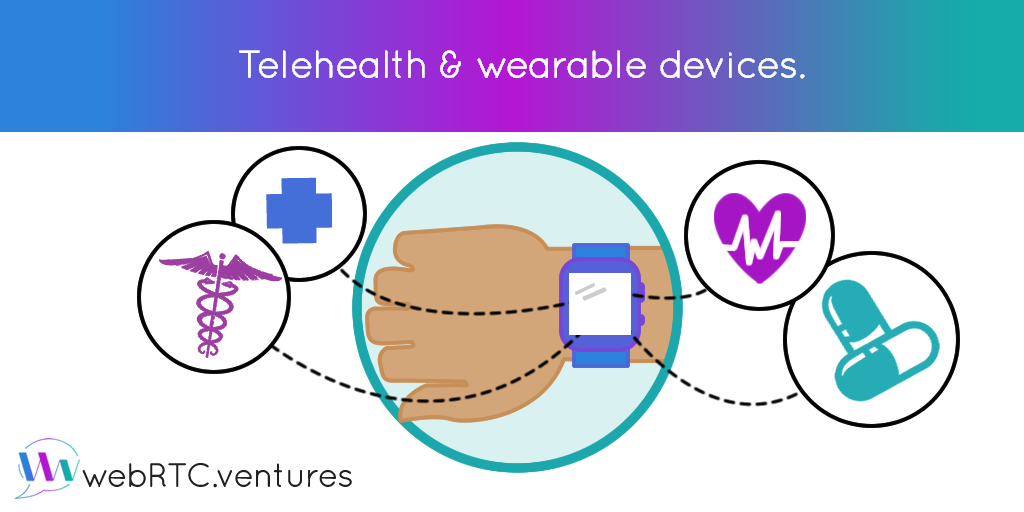TELEHEALTH
Publisher Alicia Antoine

Telehealth is broadly defined as the use of communications
technologies to provide and support health care from a distance. Telehealth
services involves health promotion, disease prevention, diagnosis,
consultation, education, therapy and decision support (Hebda& Czar, 2013).
The National Institute of Biomedical Imaging and Bio-engineering (NIBIB), (2016)
states that telehealth can be simple as two doctors talking on the phone about
a patient’s care or as complex as the use of robotic technology to perform surgery
from a remote site.
Benefits of telehealth within my country
Telehealth can boost the healthcare system in my country by
allowing patients in the chronic disease clinics to be better able to manage
their conditions. For example the use of electronic upload of self-monitored
blood glucose (SMBG) meter data via the internet to the provider can help the
patient notify the doctors in a timely manner and the necessary actions can be
taken quickly to improve the patients’ health (Tidesley, Po & Ross, 2015).
Telehealth can also benefit the health care system with in the country by
allowing patients to better manage their health with the use of personal health
apps which can be used to store personal health information, record vital
signs, calculate and track caloric intake, schedule reminders for taking
medicine, and record physical activity, such as your daily step count (Ade,
Kulkarni & Ade, 2011).
Telehealth is already paving the way in enhancing health
care with the use of life alerts bracelet and wrist band that make it easy to
notify health care providers in emergency situation for example a patient who
is home alone and fell can simply press the button on their life alert bracelet
and help can be on their way in minutes. Also the use of SwiftMD which allows
persons to have a consultation visits with a certified physician right from
their homes through the use of a mobile phone or a computer (NIBIB, 2016).

I see the future of telemedicine looking bright to the point
where persons would no longer has to visit a doctor office directly for
treatment anymore but will doing everything electronically from their
fingertips this would make persons more proactive in their health and it will
enhance the waiting period between appointments.
Reference
Ade. M. S, Kulkarni. J & Ade. S. S (2011). Telehealth:
healthcare technologies and telehealth emergency (THE) system. Proceedings of
the 5th National Conference; INDIACom. Retrieved by https://www.bvicam.ac.in/news/INDIACom%202011/29.pdf
Hebda & Czar (2013).Telehealth:
healthcare information systems; handbook of informatics for nurses
and healthcare professionals. 5th Ed. Pearson. Retrevied on the 18th
March, 2019 by https://drive.google.com/file/d/0B99U2KL1pW9KTXRxdFhwd01pcFk/view
The National institute of biomedical
imaging and bioengineering (NIBIB), (2016): Telehealth. Retrieved on the 18th
March, 2019 by https://www.nibib.nih.gov/science-education/science-topics/telehealth
Tildesley. H. D, Po. M. D, Ross. S.
A, (2015). Internet blood glucose monitoring systems provide lasting glycaemic
benefit in type 1 and 2 diabetes: a systematic review. Retrieve on the 20th
March by https://www.ncbi.nlm.nih.gov/pubmed/25456641

No comments:
Post a Comment